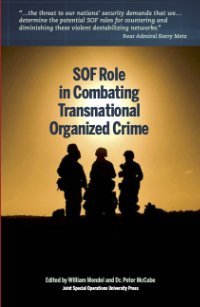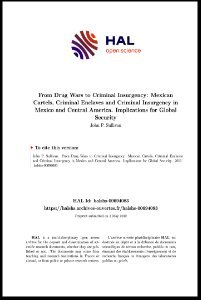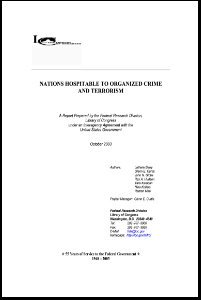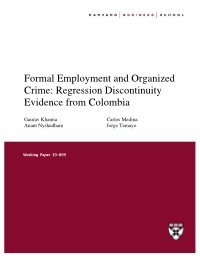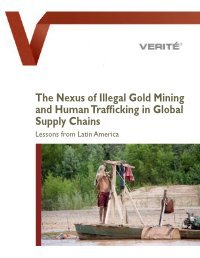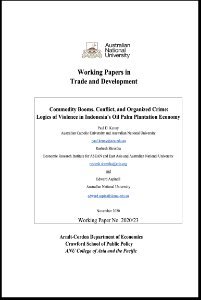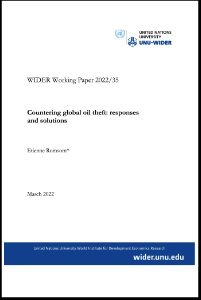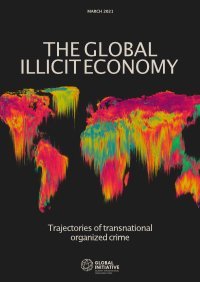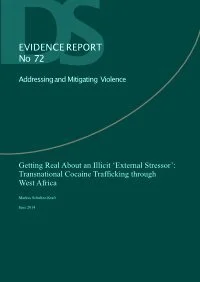By Eric Przyswa
The combat against counterfeiting started during the 1980s and, at that time, was limited to sectors where it was frequently the consumer who asked for the product, and was even party to the purchase. Above all, it is only since the start of the 2000s that the situation expanded substantially particularly with the liberalisation of the World Trade Organization, technological developments, containerisation and the significance of China as the world's factory. On the other hand, it was only later that counterfeiting seemed to affect the pharmaceutical sector, at least from the industrial point of view. Studies and reports have covered the involvement of organised crime in 'traditional' counterfeiting, particularly in creative industries (luxury goods, audiovisual). Nevertheless, even if there are more and more discussions on the topics of 'counterfeit medicines' and 'organised crime', very few researchers have analysed the relationship between the two phenomena. Consequently, it appeared that such a report should be written and a dual objective was decided: - To take as objective and as rigorous a view as possible on the reality of the "counterfeiting - criminal organisations" combination in the area of medicines. - From a criminology and strategic standpoint, to give some consideration to what could be done to guide current actions. What about the reality of this phenomenon? How can criminal organisations be characterised in our area of study? Are these organisations transnational? Is the Internet a genuine Eldorado for criminal organisations dealing in medicines? The questions relating to our problems proved to be varied and complex. One of the interests in this research is to offer new food for thought on a potentially real, but still opaque threat for which an interpretation can only be made through a documented, pragmatic and also imaginative approach. In the first part, the framework of our new conceptual study will be explained. It is important to define the counterfeiting and falsification of medicines in a clear field of analysis, presenting the specific features of the Internet in particular. In the second part, we will analyse the reality of the relationship between counterfeit medicines and criminal organisations both in the physical world and on the Internet. Theoretical considerations will also supplement our own thoughts. Thirdly, we will go into detail on the criminological issues raised by our problems. Finally, we will analyse to what extent knowledge of the phenomenon can be improved and therefore eliminated with new forms of expertise.
IRCAM, 2013. 130p.










